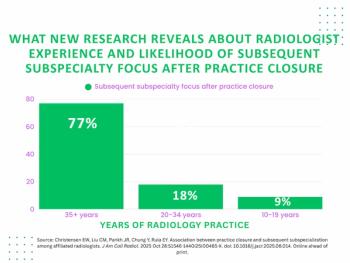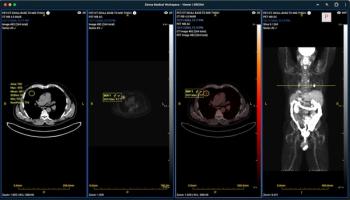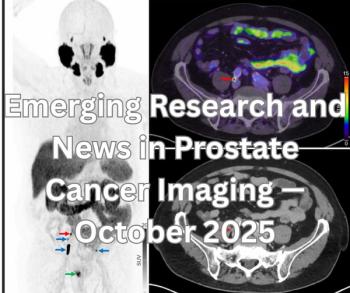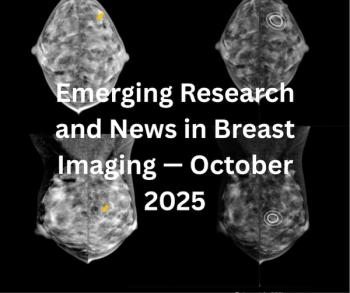
Europe's PACS train heads on faster track
If there is a fast track for PACS, it is winding its way throughEurope. U.S. hospitals, weighed down by older computer and imagingsystems technology, lag behind their European counterparts inembracing standardized health-care computer networks.
If there is a fast track for PACS, it is winding its way throughEurope. U.S. hospitals, weighed down by older computer and imagingsystems technology, lag behind their European counterparts inembracing standardized health-care computer networks.
Ironically, U.S. innovators in picture archiving and communicationssystems technology serve as models for European hospitals thatare accelerating the digitization of medical imaging, accordingto Kenneth Marks, medical systems manager for Sun Microsystems.Sun is a U.S. supplier of workstations.
"PACS awareness is quite high in Europe," Marks toldSCAN. "Most of the larger hospitals are moving to digitizetheir radiology departments. One of the favorite (PACS) modelsI have seen is the UCLA model. That model is now propagated throughseveral centers in Europe."
Marks has been in Europe since the beginning of the year, evaluatingthe potential of open-system, Unix-based computing in medicalapplications. The level of enthusiasm is higher than expected,he said.
Sun began looking harder at Europe after it became clear ayear ago that the European Community was moving to standardizehealth-care computing on an open-systems basis, he told SCAN.
"Strategic plans for the unification of Europe includehealth-care computing unification, too. This has led Sun, as acompany that is focused on Unix and open systems, to be very interestedin developments here. We are observing the impact of our marketingprograms as a sort of precursor to what might occur at some pointin the U.S.," Marks said.
Most hospital computer managers in Europe are familiar withUnix and are probably in some stage of implementing that operatingsystem, he said. Lower cost as well as standardization benefitsare pushing the technology.
Sun has a larger installed base of workstations in medicalapplications in the U.S., but these systems compete with a broadspectrum of computer technology in health care, Marks said.
"The U.S. has quite a bit of what you might describe asbaggage. There are a lot of proprietary (computer) systems aswell as older models of CT and MR scanners, which are not reallywhat you might consider open," he said.
A TERMINOLOGY GAP reflects this difference in computer environmentsbetween the two regions. Europeans do not refer to integrationof health-care computer systems as is done in the U.S., he noted.
"Integration usually means taking what exists and makingit work together. (In Europe) they have a different approach ofmigrating away from existing systems. The first step is to buildan infrastructure, which most likely consists of a fiber-opticnetwork within a hospital," Marks said.
The Europeans have made considerable strides towards standardizationof health-care computing, including PACS, he said. The ACR/NEMAcommittee in the U.S. is working with the Europeans to developa more detailed approach to image format standardization.
The fact that Europe generally has a lower density of imagingsystems than the U.S. is another incentive for PACS. Use of CTand other scanners is optimized by attaching them to PAC systems,which can store and manipulate the images. The imaging devicescan then be used for their primarily image acquisition purpose.
"We have a lot of imaging centers in the U.S.,"Marks said. "Here, they don't really have imaging centers.Imaging is more centralized but the clinics are involved in theuse of the images. Patients wind up going to the modalities, gettingscanned and then dealing with either the local radiologists orreferring physicians. They are trying to improve that system withtechnology."
While value-added retailers and systems integrators have beenmore active in the U.S., European VARs (value-added resellers)are jumping on the Unix train quickly.
There may be several different open PACS products on the Europeanmarket by the end of this summer, Marks predicted.
"The VARs and integrators in Europe have sensed that thePACS market is looming here. The cooperative spirit in Europeis driving a lot of these companies to produce software and makeit available as independent software vendors," he said.
Newsletter
Stay at the forefront of radiology with the Diagnostic Imaging newsletter, delivering the latest news, clinical insights, and imaging advancements for today’s radiologists.






























